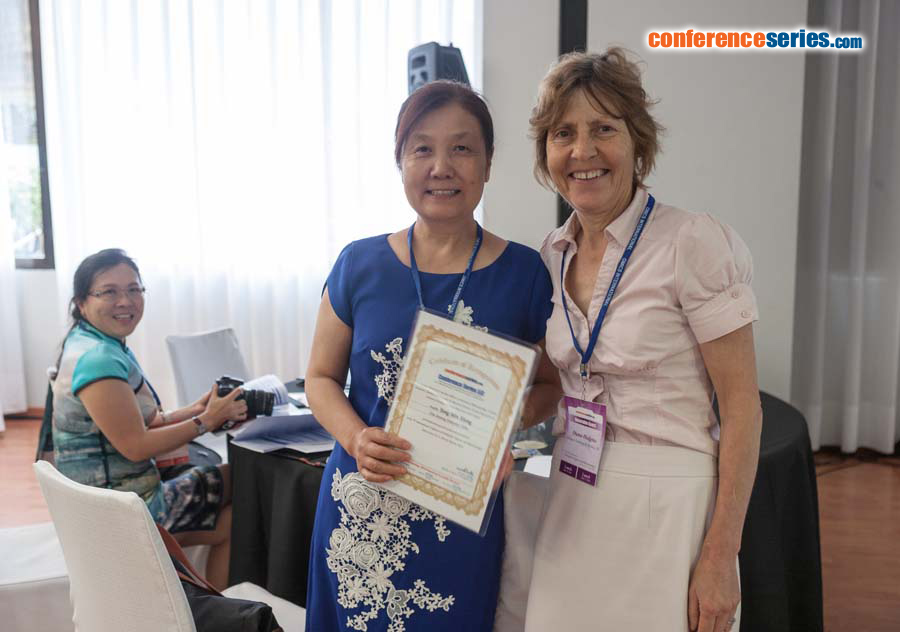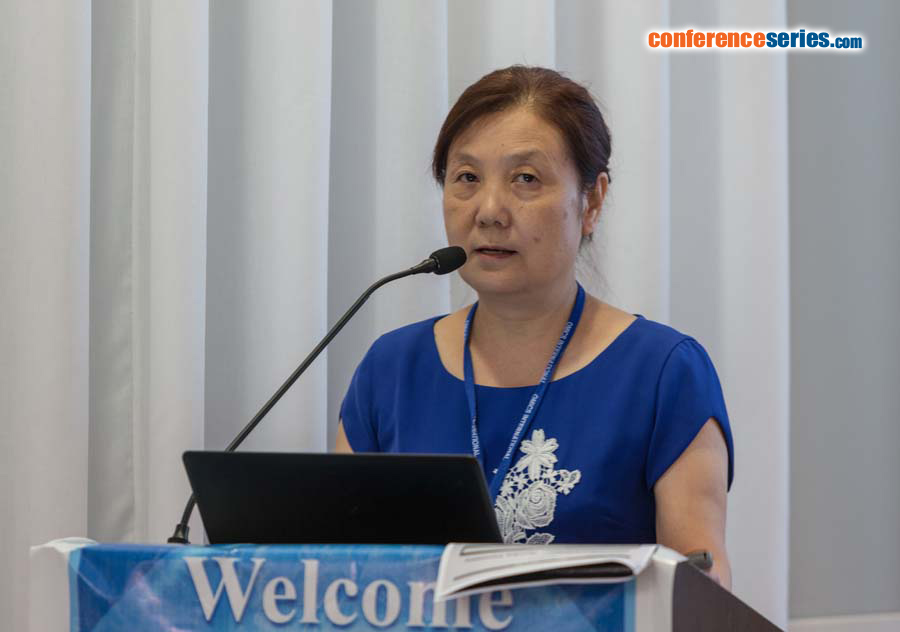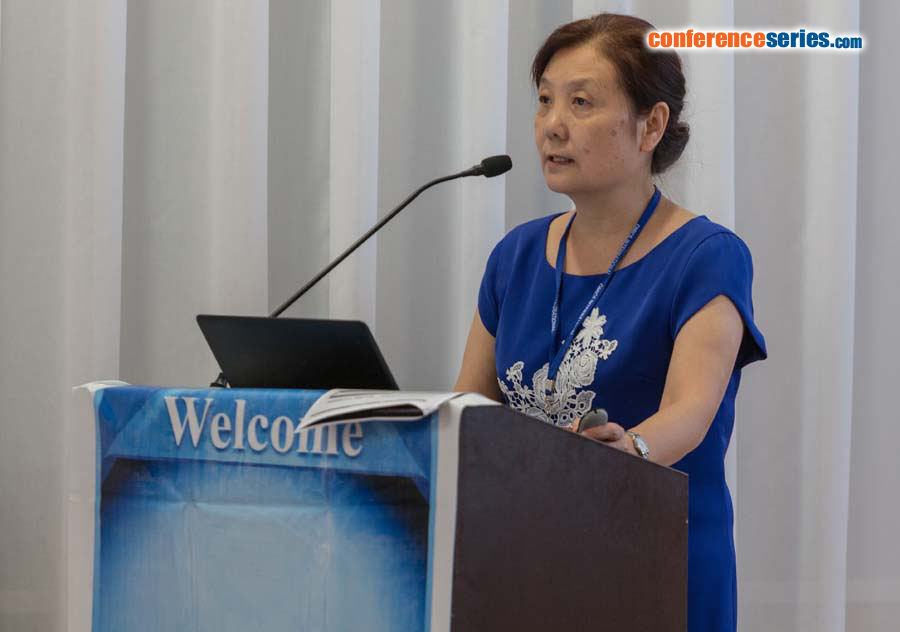
YongMin Xiong
Director of the Endemic Institute of Xi'an Jiaotong University
China
Title: Selenoprotein gene polymorphism and oxidative stress signal transduction pathways in the kaschin-beck disease
Biography
Biography: YongMin Xiong
Abstract
Kashin-Beck disease (KBD) is an endemic, disabling and deforming osteoarthropathy that mainly affects children or teenagers in growth and development period. The mainly pathological changes in KBD are degeneration and necrosis in joint cartilage and epiphyseal plate cartilage. The disease has been found over 160 years, but, its etiology remains unclear. Epidemiological investigation of environmental risks has shown that selenium deficiency may contribute to the etiopathogenesis of KBD and Se supplementation could significantly decrease the incidence of KBD. Thus, it is considered that Se deficiency is a main environmental factor of KBD. Selenoprotein gene transcription level, protein expression level and enzymatic activity in KBD and normal blood and cartilage samples were detected by using qRT-PCR, ELISA and Western blot and selenoprotein single nucleotide polymorphisms (SNPs) were detected by using PCR-RFLP and ARMS-PCR in this study. The chondrocyte oxidative damage model was established using hydrogen peroxide tert butyl alcohol (tBHP) and the oxidative damage effects on apoptosis and oxidative stress, inflammation signaling pathways in chondrocyte were observed in the model. The results indicated that some important SNPs of selenoprotein are associated with the risk of development of KBD, including GPX1Pro198Leu, GPx4 (rs713041, rs4807542), SEPS1G-105A, sep15rs5859, which might influence inflammation or oxidative stress signal pathways in KBD patients. Furthermore, chondrocyte apoptosis induced by oxidative stress might be mediated via up-regulation of PI3K/Akt, JNK, NFκB and AP1 signaling pathways related to inflammation and oxidative stress, and Na2SeO3 has an effect of anti-apoptosis by down-regulating the signaling pathways.




